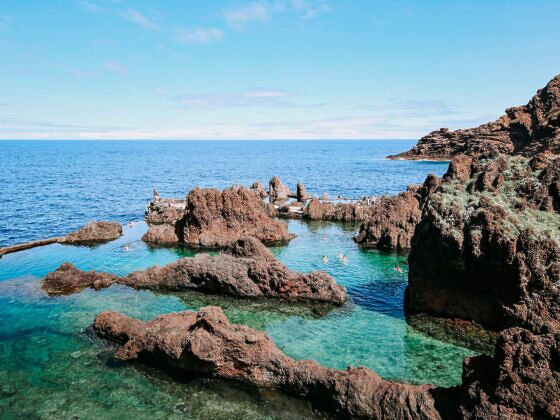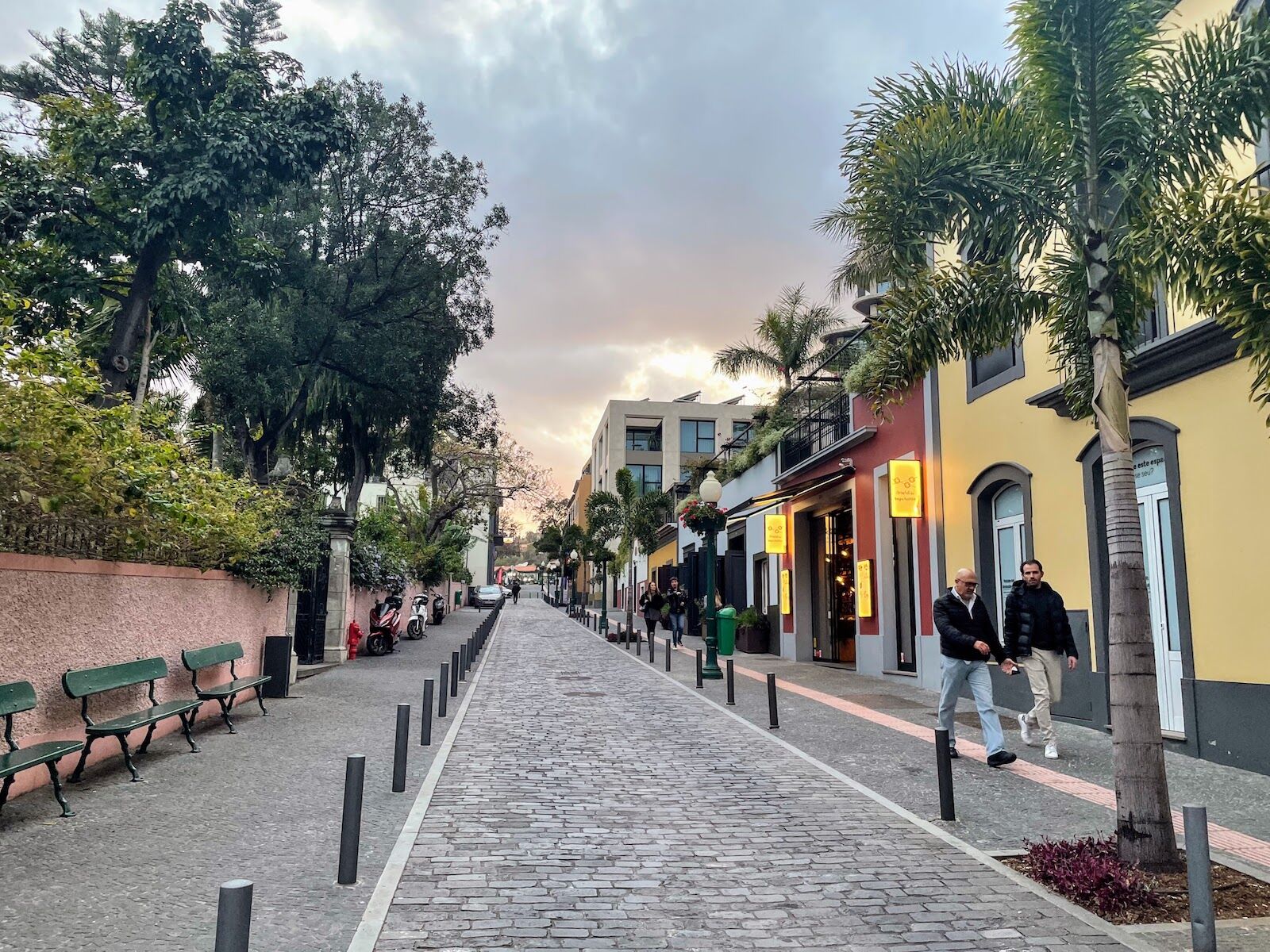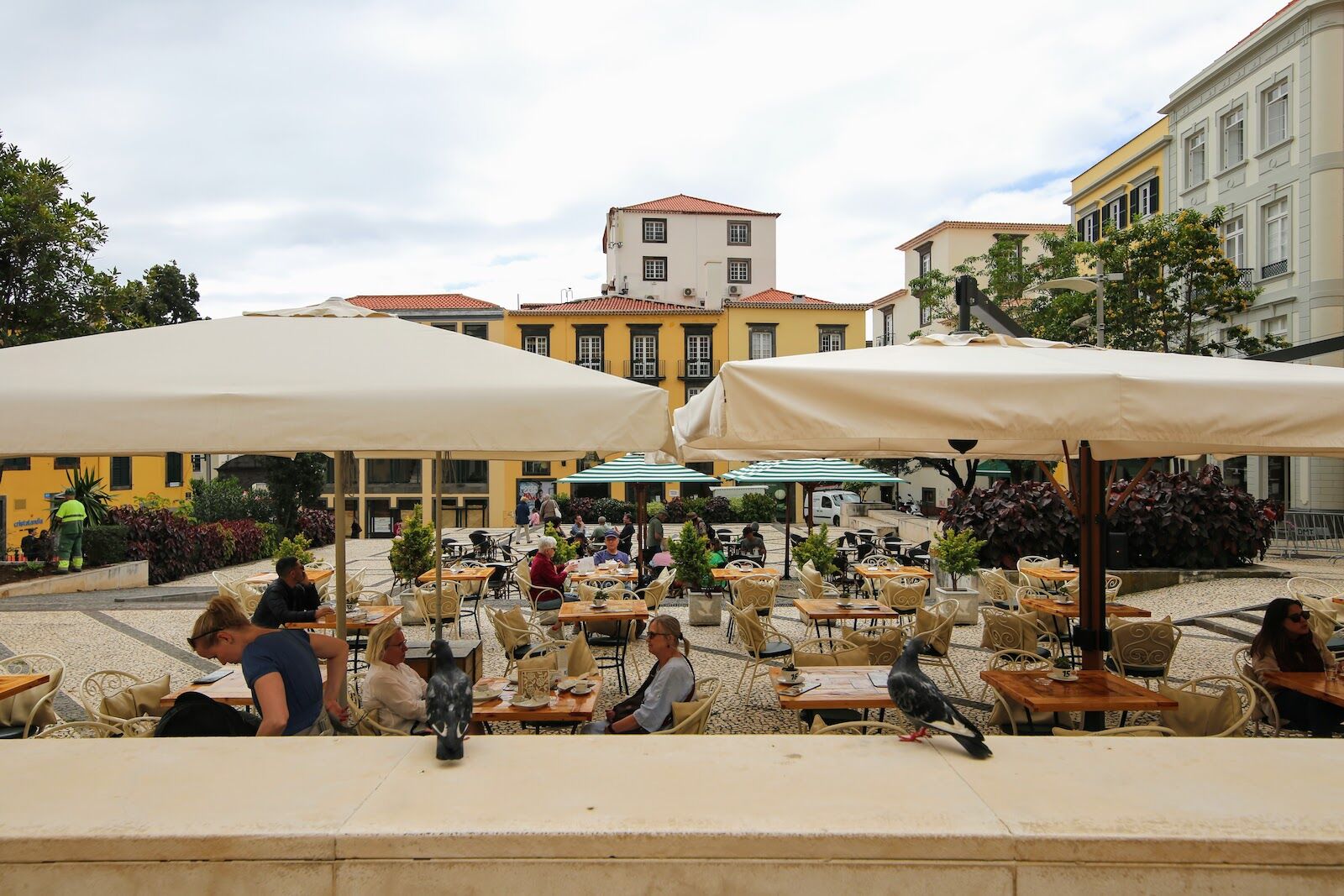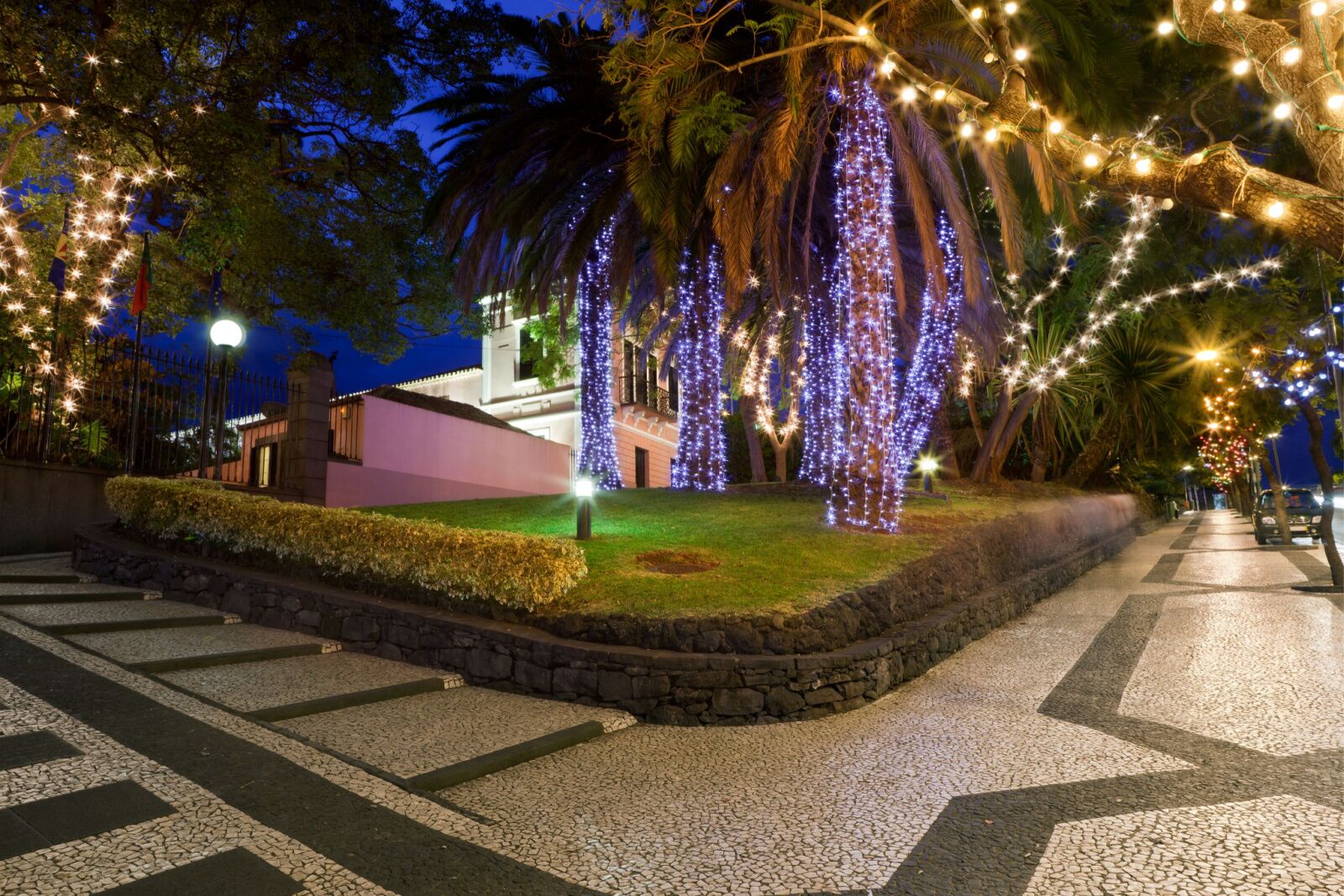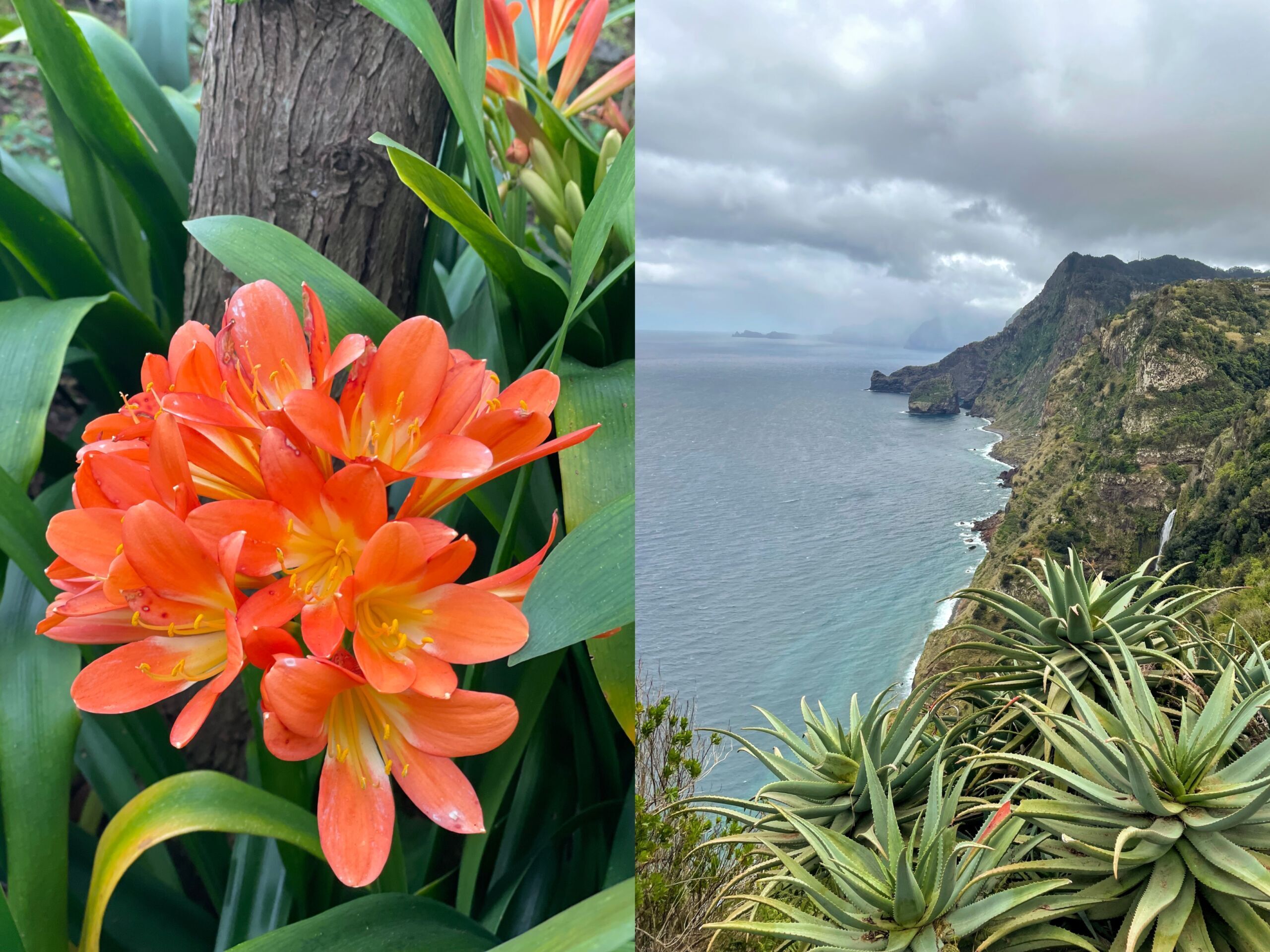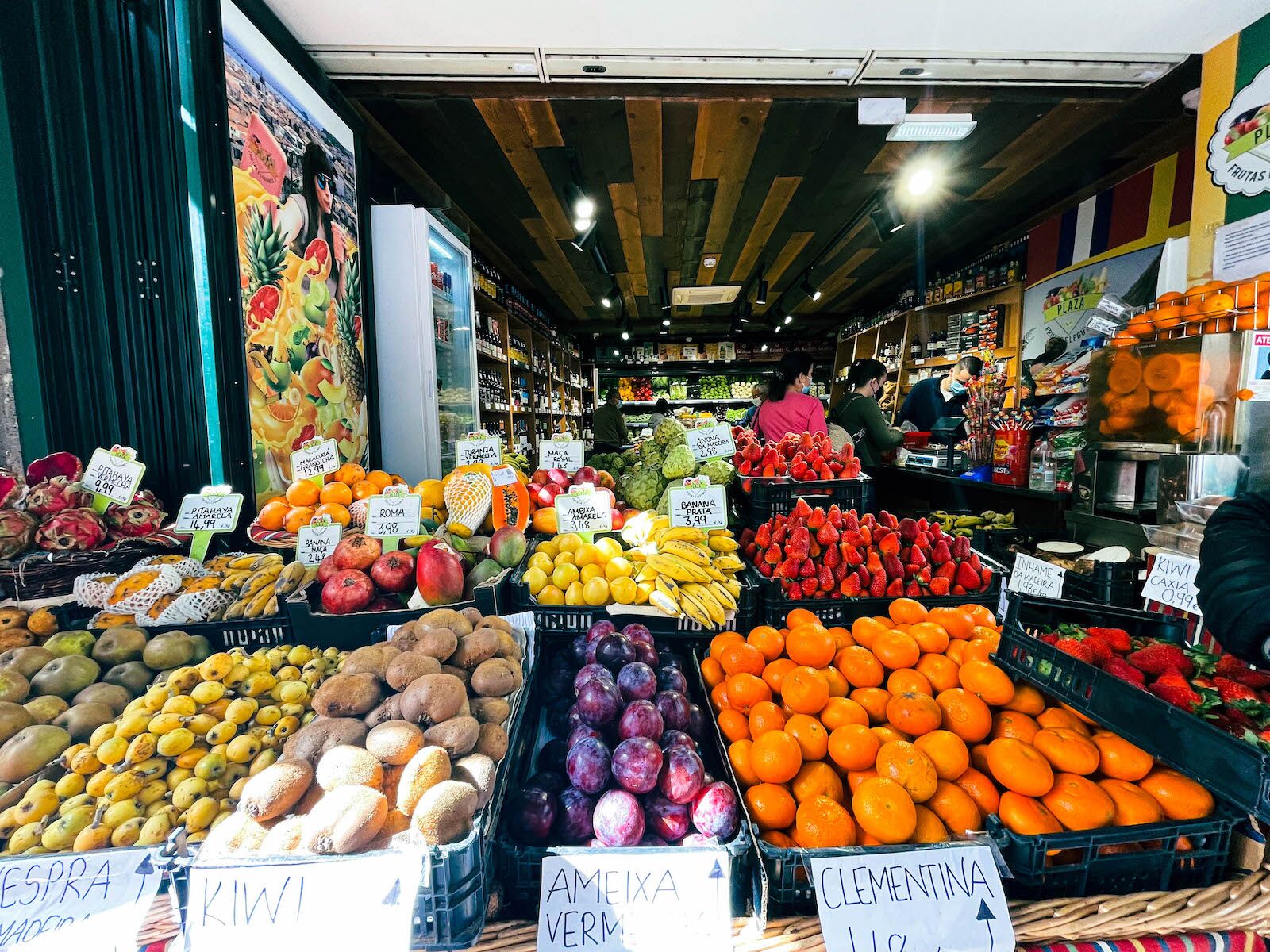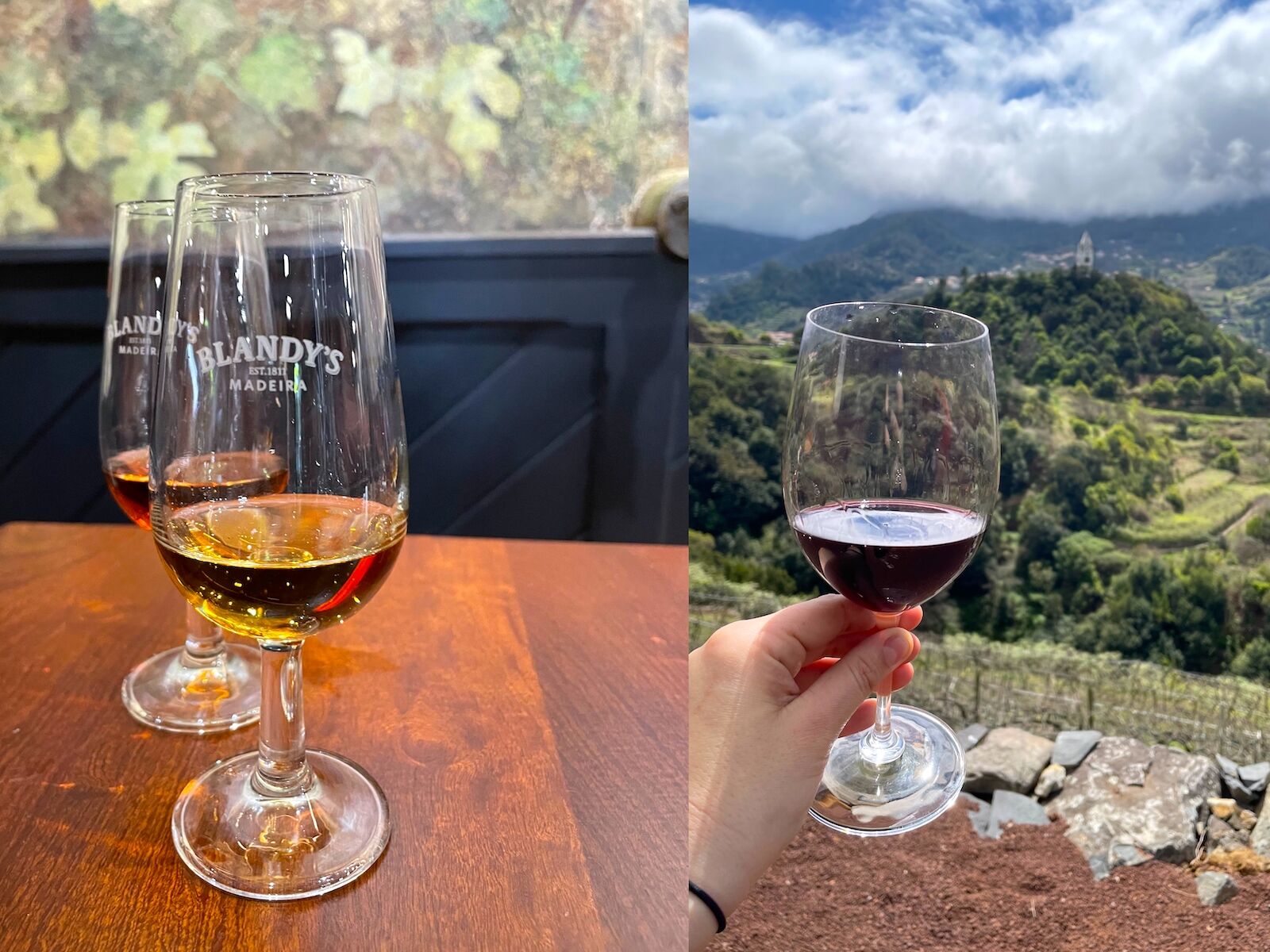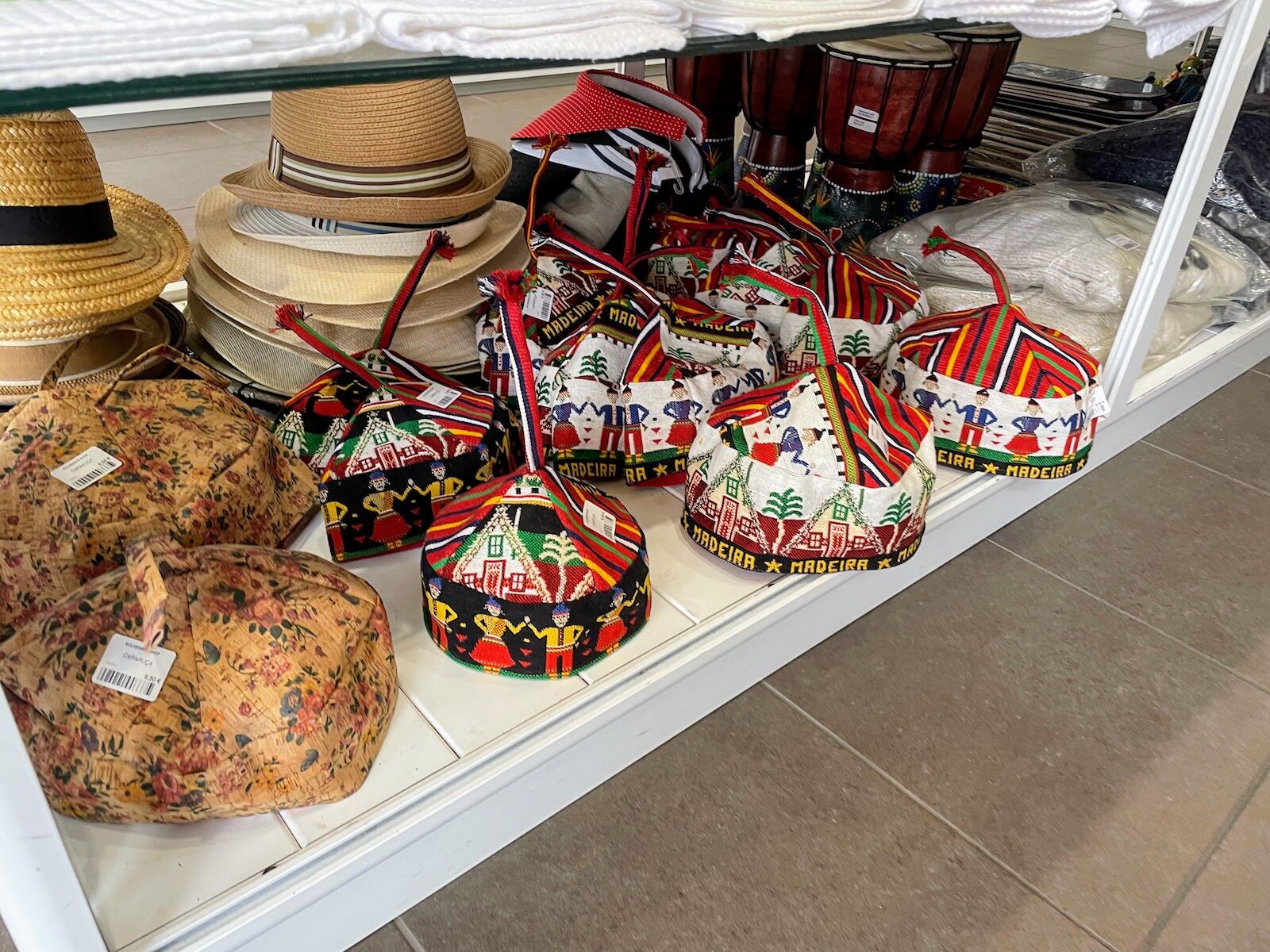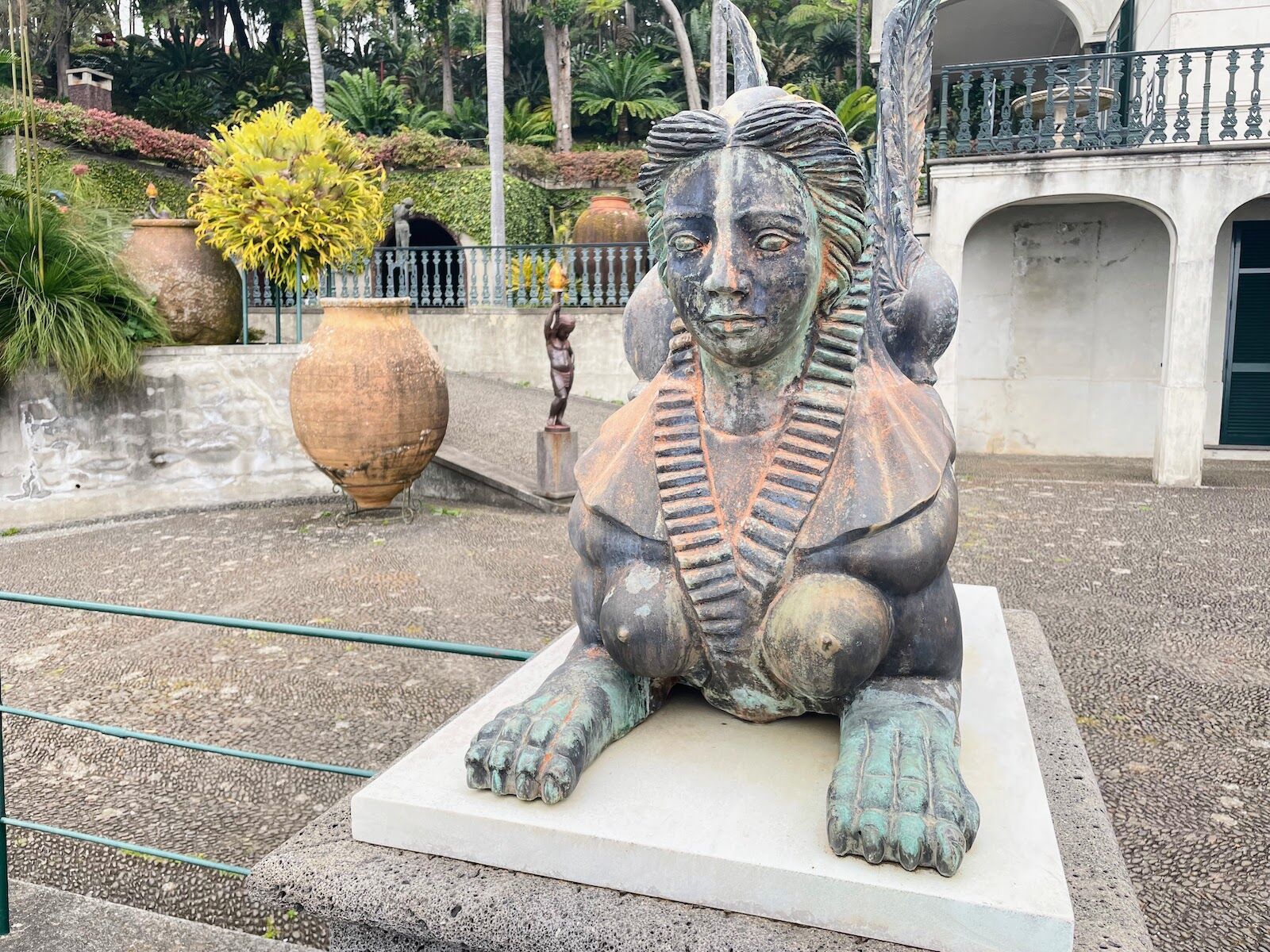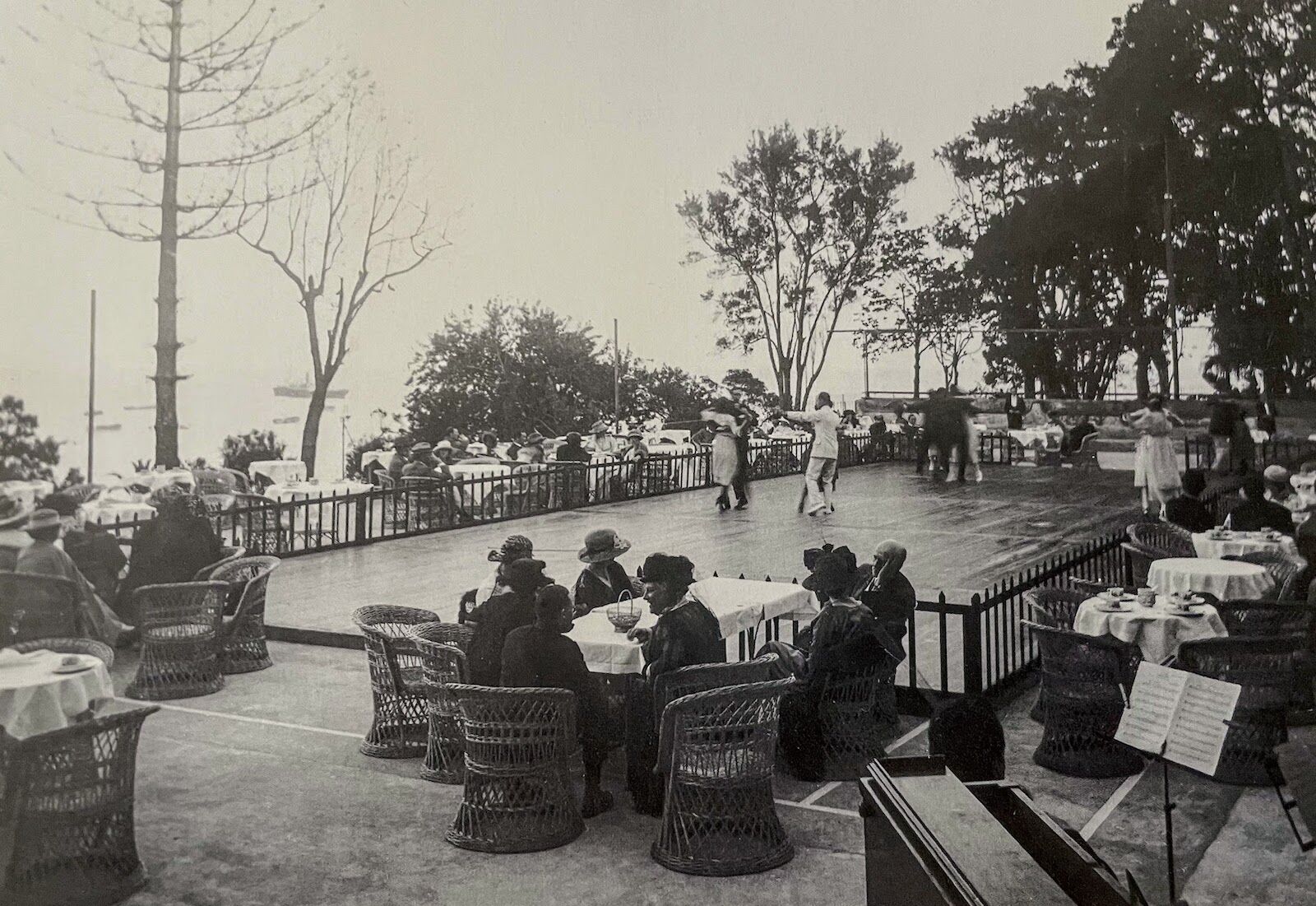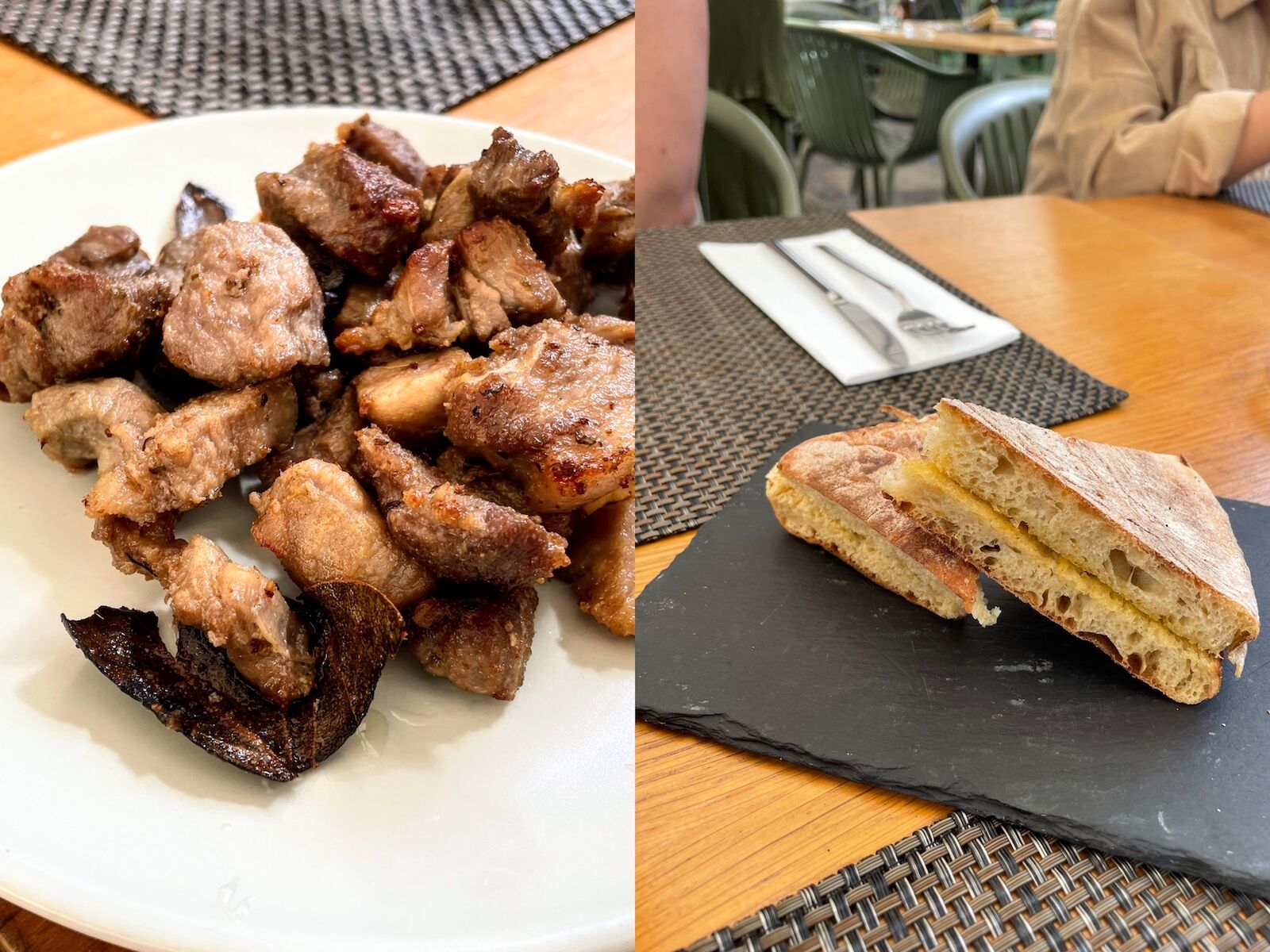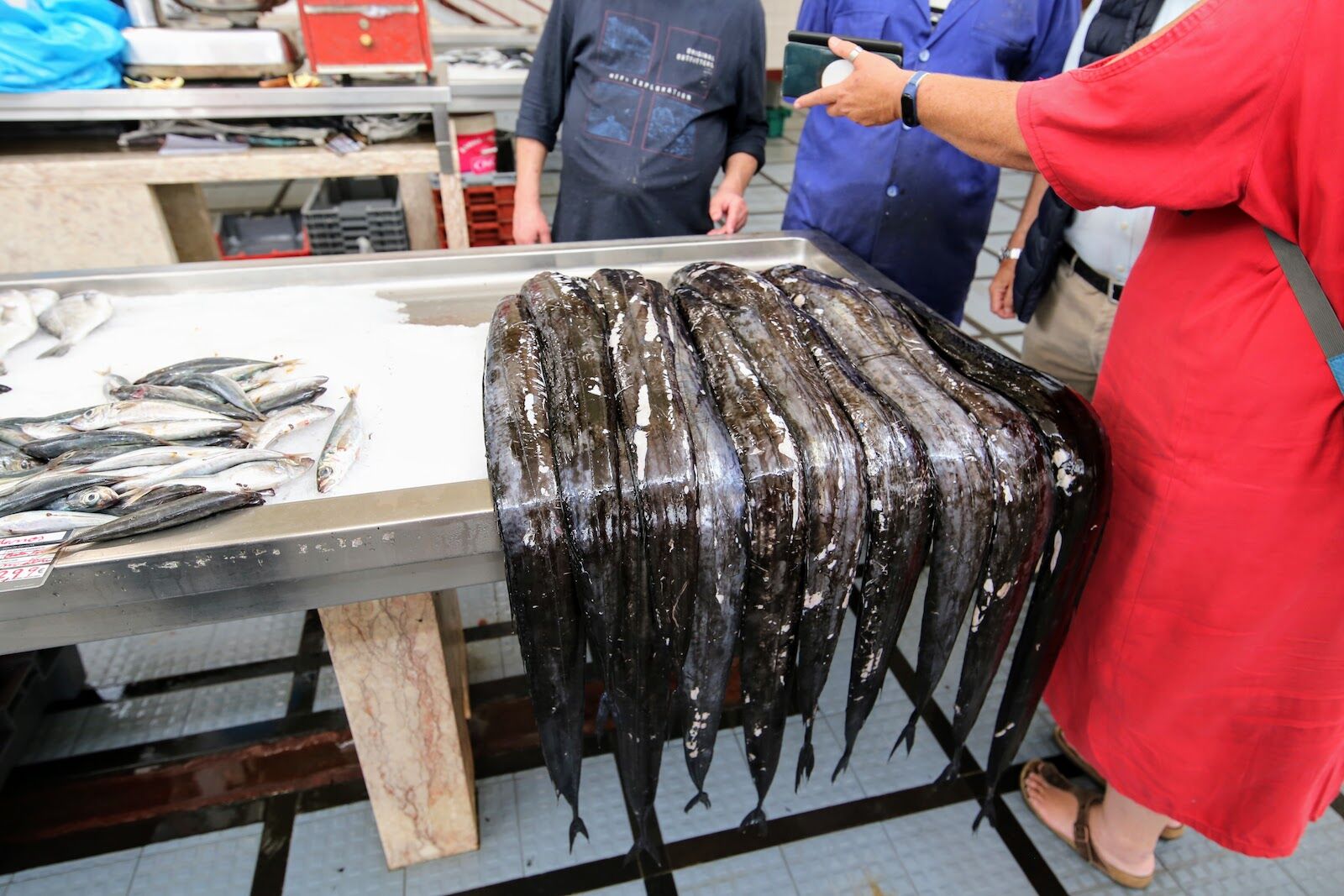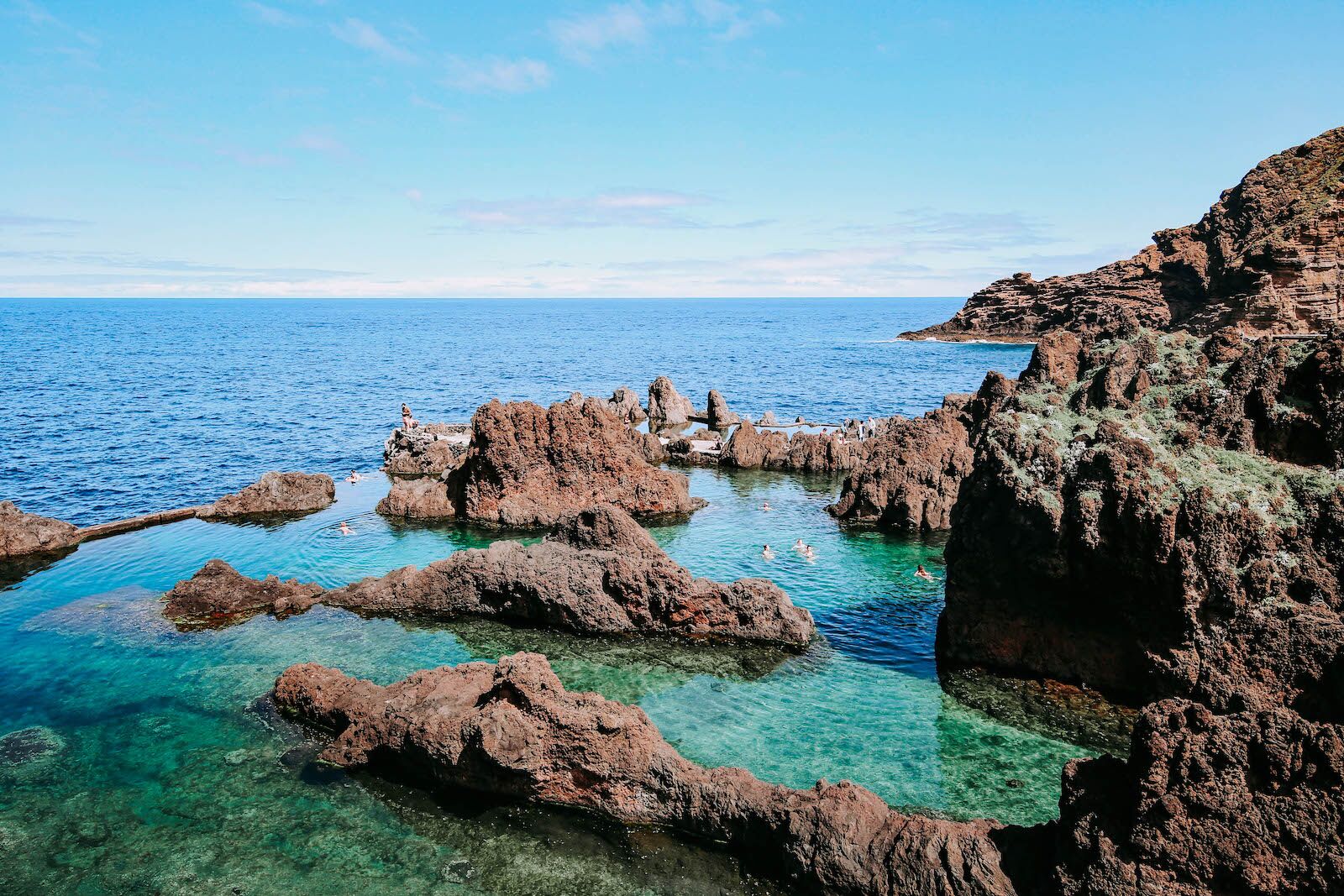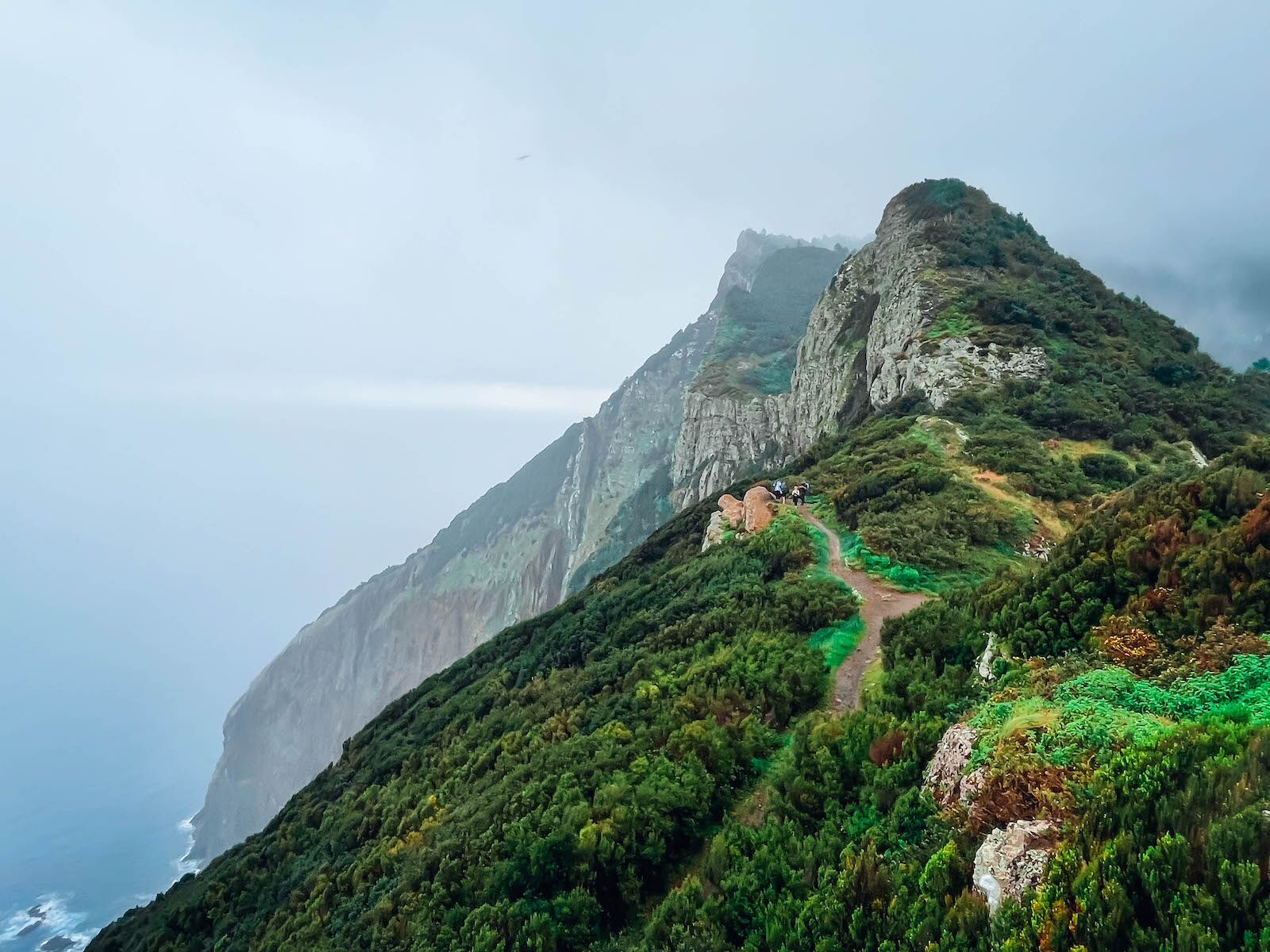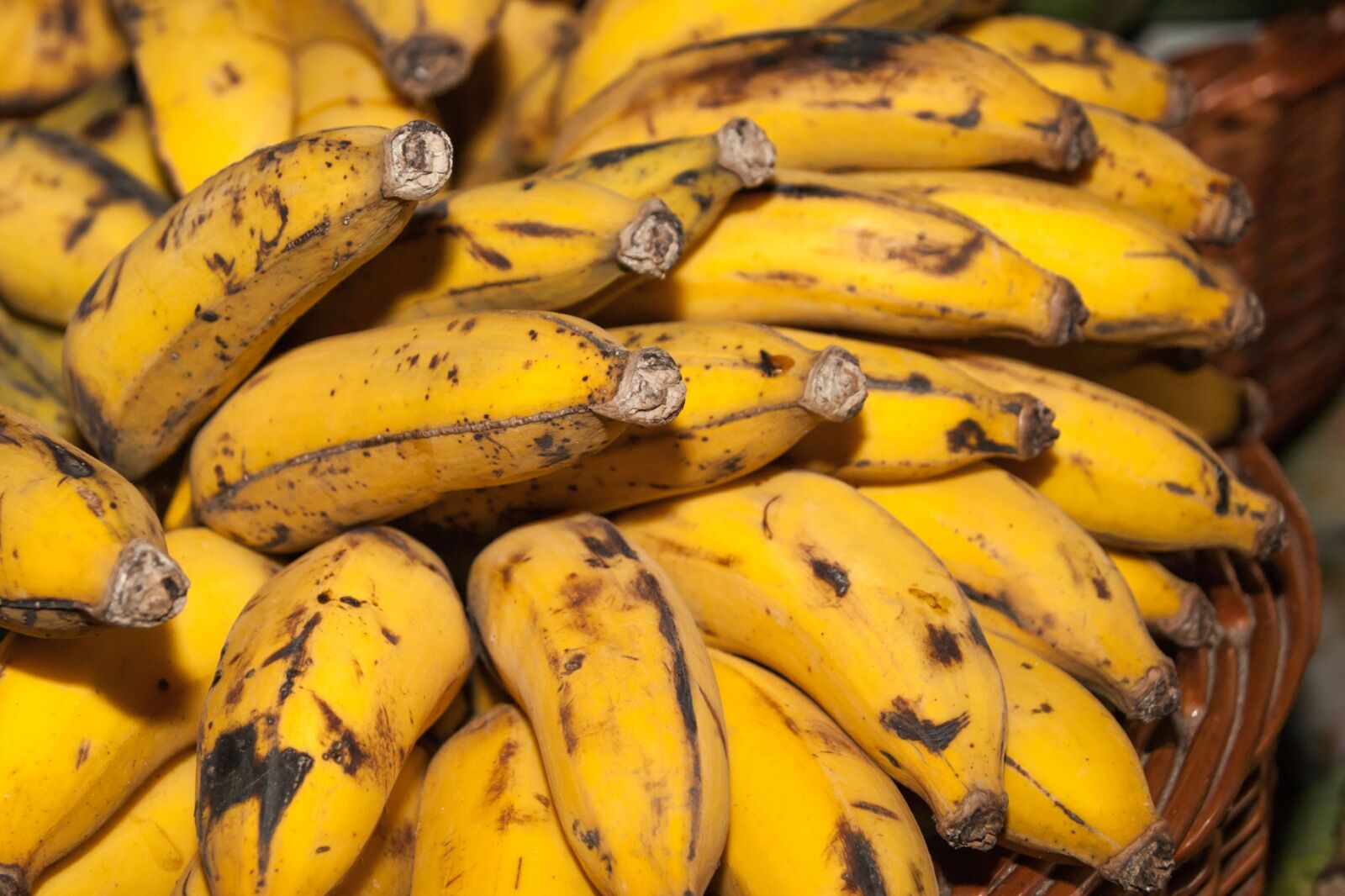For adventure travelers, Madeira has long been on the map as a must-visit destination. The large island north of the Canary Islands is part of Portugal, though it’s technically a hundred miles or so closer to Morocco.
Because of its lush, mountainous, and beachy terrain, Madeira offers travelers everything from world-class mountain biking and hiking to canyoning, scuba diving, paddling, and epic beaches dotted with natural ocean-filled swimming pools. And the food is a fantastic mix of fresh seafood, diverse fruits and vegetables, and a touch of African influence that makes it spicier and more unique than most food you’ll find in mainland Europe.
